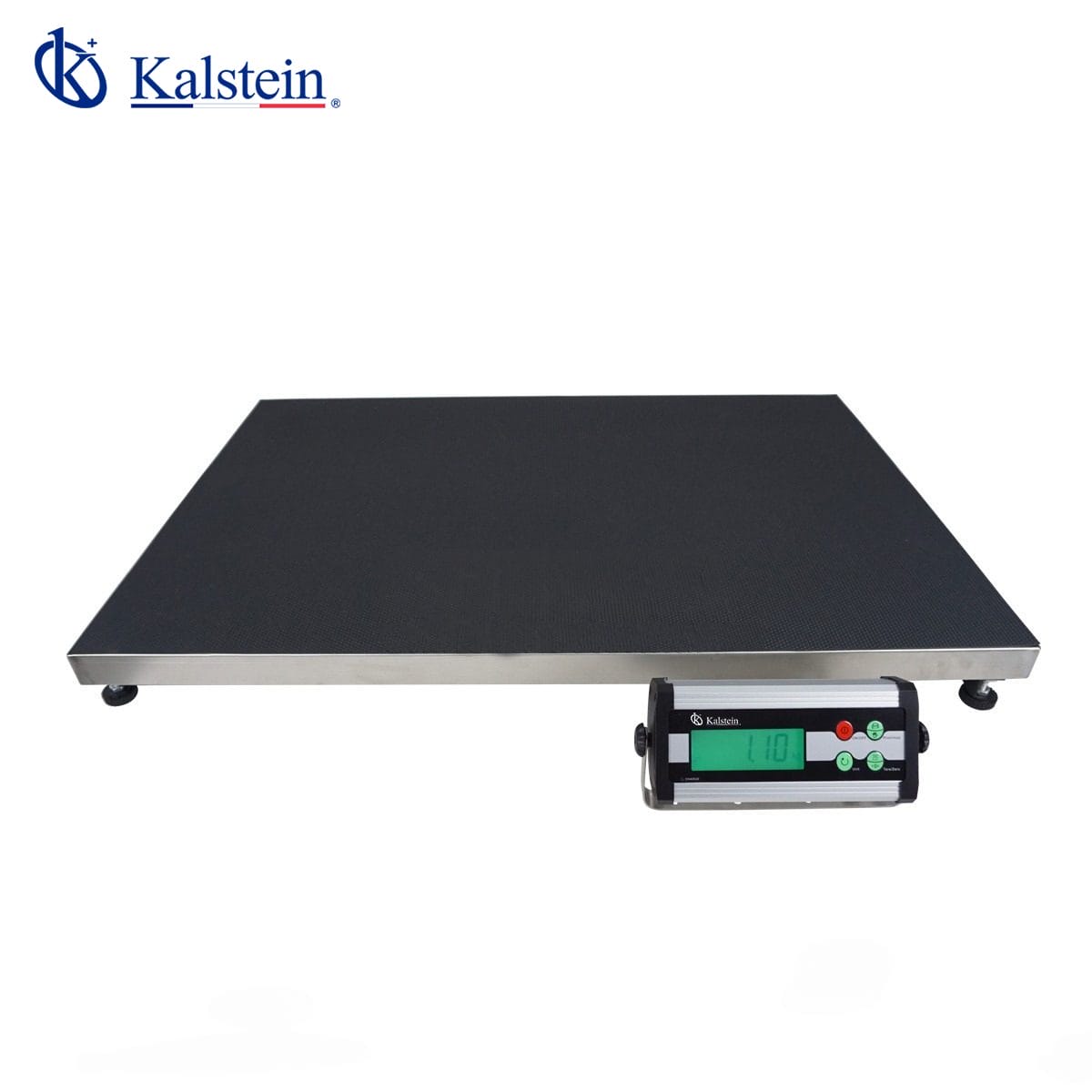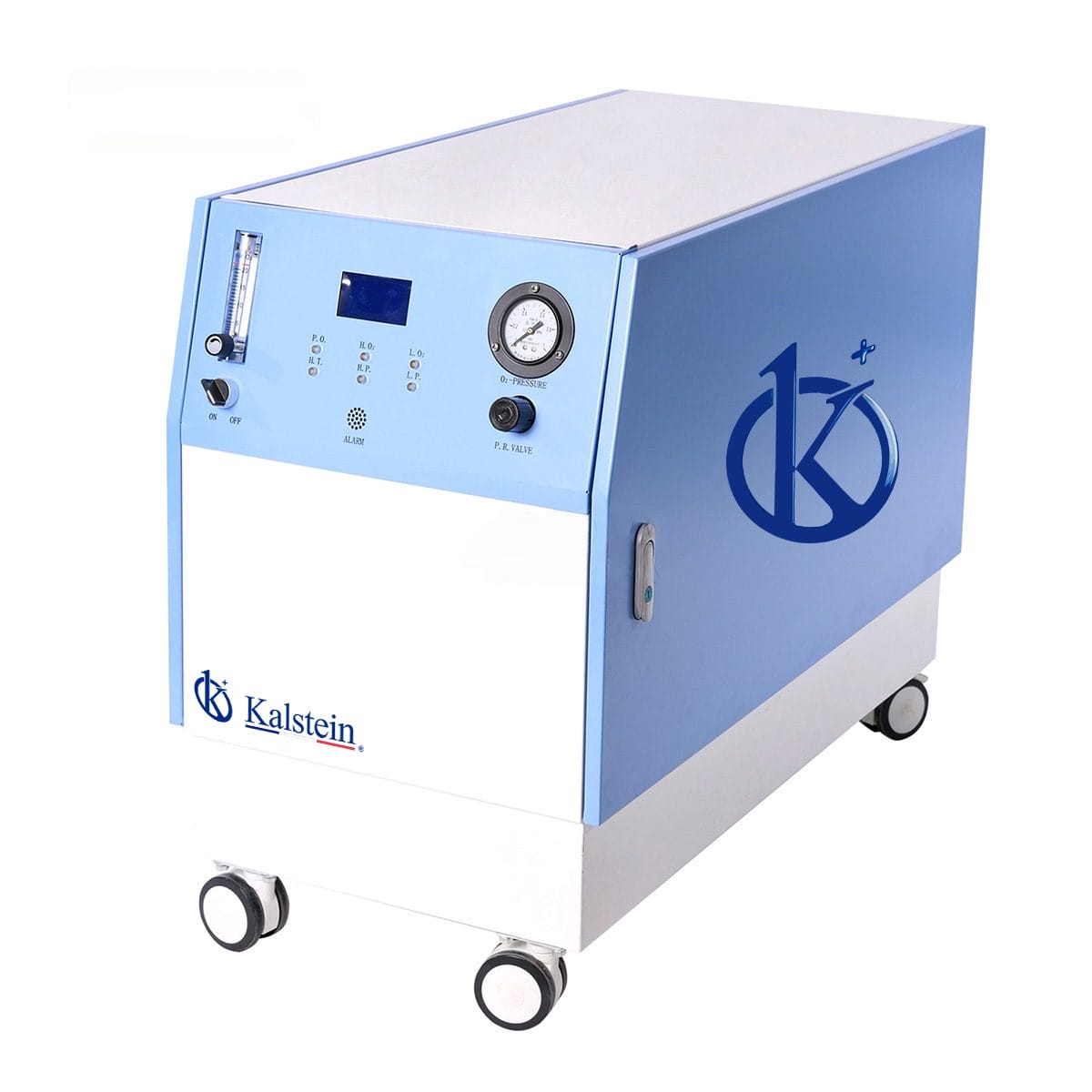The anesthesia machine is a device designed to supply a mixture of gases that allow the execution of a diagnostic or therapeutic surgical procedure, emitting necessary gases with precision in patients to protect their lives and in turn be sedated.
For the sedation of patients, everything necessary is integrated that includes vaporizers, ventilators, breathing systems, sweeping systems and monitors. In addition, various other processes such as drug administration, suction equipment and data management can be integrated. Although the anesthesia machine is a complex device, its purpose is quite simple.
These machines proceed in three schematic areas, no matter how high or low their degree of modernity may be; and are:
- High Pressure System: with a backup gas source, safety devices and a clinical gas source.
- Low Pressure System: it is grouped with an anti-reflux valve, valves to control the flow, vaporizers and a fast flow valve.
- Circular System: it has a soda lime receptacle, a Y-connector, expiratory and inspiratory corrugated tubes, unidirectional valves, an APL overpressure valve, a bag, a respirator and a gas inlet.
It is complemented by the combination of different teams to complement each other and provide prioritized patient care.
Operation of the Anesthesia Machine
Primarily, this equipment works to monitor and monitor the patient’s vital signs and to perform any function required. This includes breathing, as the diaphragm and chest muscles are completely relaxed under the effects of anesthesia. To do this, it introduces a positive pressure gradient into the patient’s lungs, along with oxygenated air, and then allows carbon dioxide to escape, which ensures patient care and therefore its function goes beyond simply contracting and expanding the chest cavity.
This device, which receives medical gases and accurately distributes the flow and pressure of each gas according to the patient’s needs, is usually inserted manually.
These equipment fulfill various functions, including this
- Provides O2 to patients
- It facilitates controlled, spontaneous and assisted ventilation, which minimizes errors in patients in safety mechanism.
- It reduces the risk of preventing doctors from inhaling the patient’s expiring gases.
Importance of the Anesthesia Machine
This equipment should be reviewed before any medical process, regardless of the type of anesthesia that will be applied. The anesthesiologist is the only one in charge of the procedure, which will avoid any danger to the patient by transforming the anesthesia machine into mechanical ventilators in the short term. However, the conversion is applied only in emergency conditions.
For a safe procedure, the person in charge of manipulating the equipment, must consider certain characteristics, such as construction materials, resistance of the same, placement of monitors, flowmeters, characteristics of the same, oximeters, spirometers, manometers, and lighting that must be indirect and diffuse so that the indicators and alarms are easily located without large displacements of the head or eyes of the anesthesiologist.
Anesthesia Machine in Kalstein
At Kalstein, we manufacture with the most extensive technology various anesthesia machines to offer our potential customers, the affordable, modern and feasible anesthesia solution to greatly improve workflow and reduce operating costs.
In addition, we offer YR series machines that can be used to be administered by inhalation in all types of patients. We have electronic PEEP function, in turn it has automatic current volume compensation, which provides a high precision output of only 20 ml. The anesthesia machine uses autoclavable and latex-free components. It can be easily maintained and cleaned without specialized tools. It is CE certified, which gives peace of mind to users. They weigh approximately 96 kg, have PCV display screens (for 3000 PS).
To enjoy our range of anesthesia equipment that only we can offer you, visit our catalog in HERE




